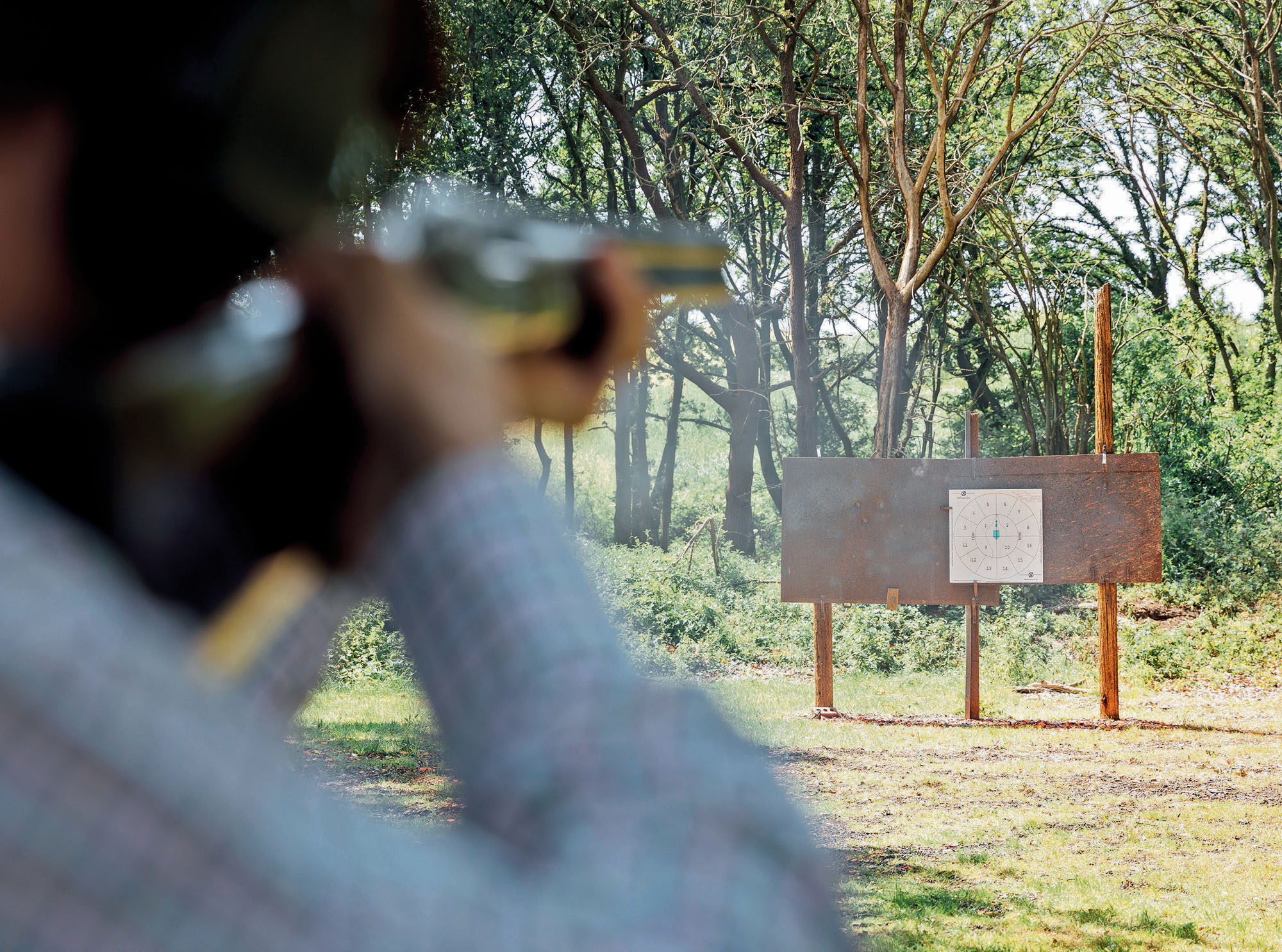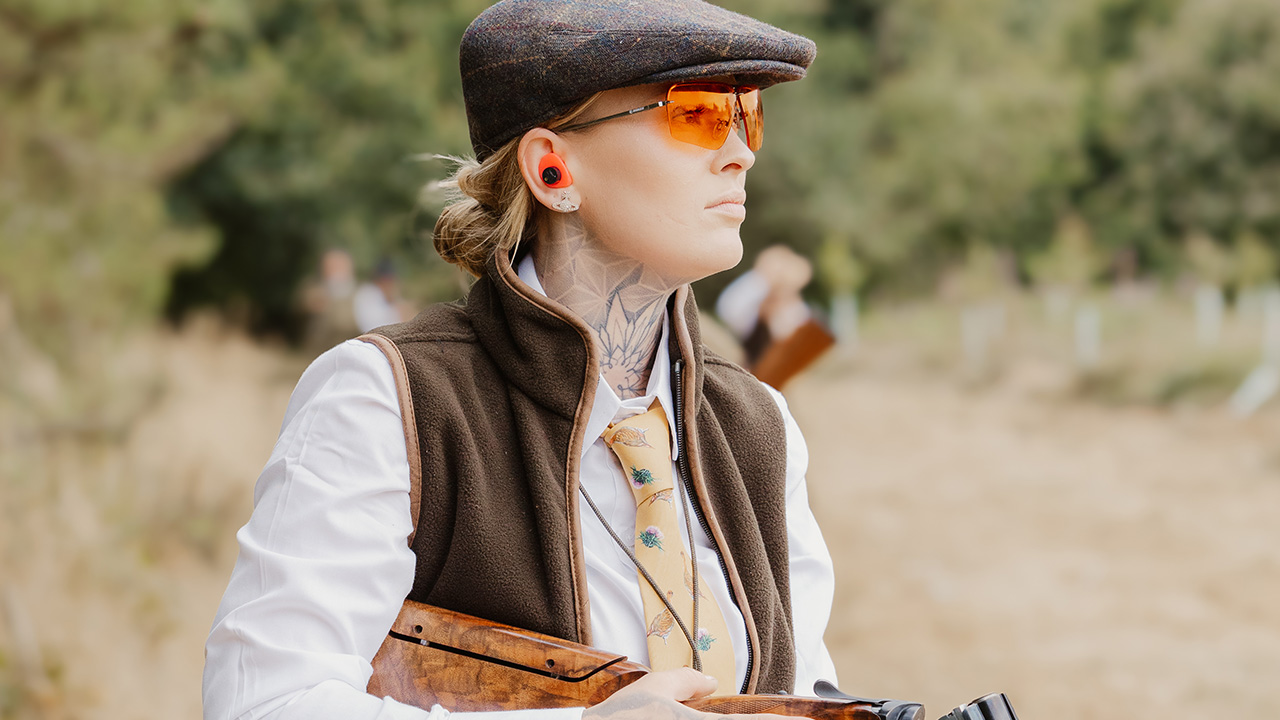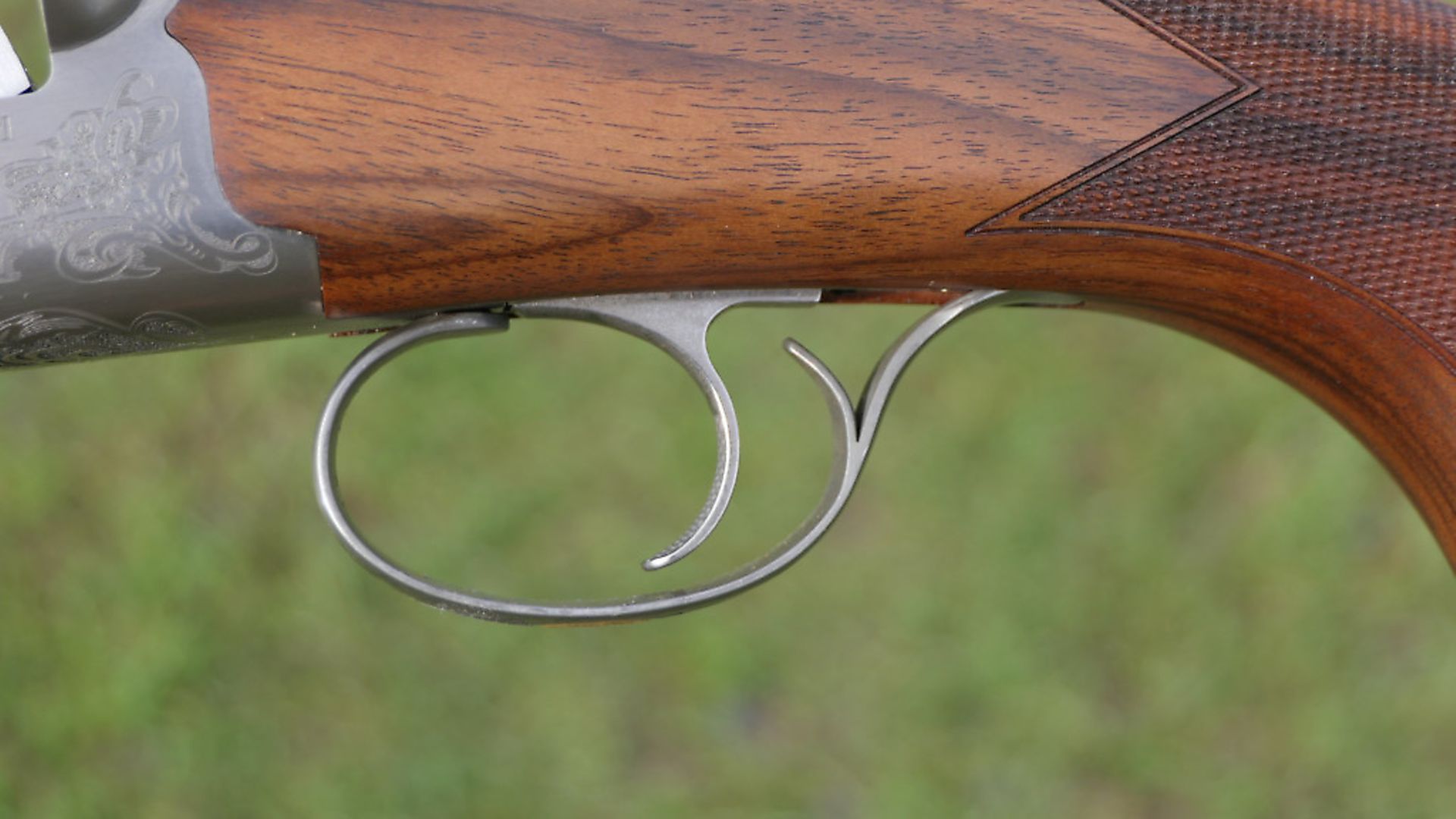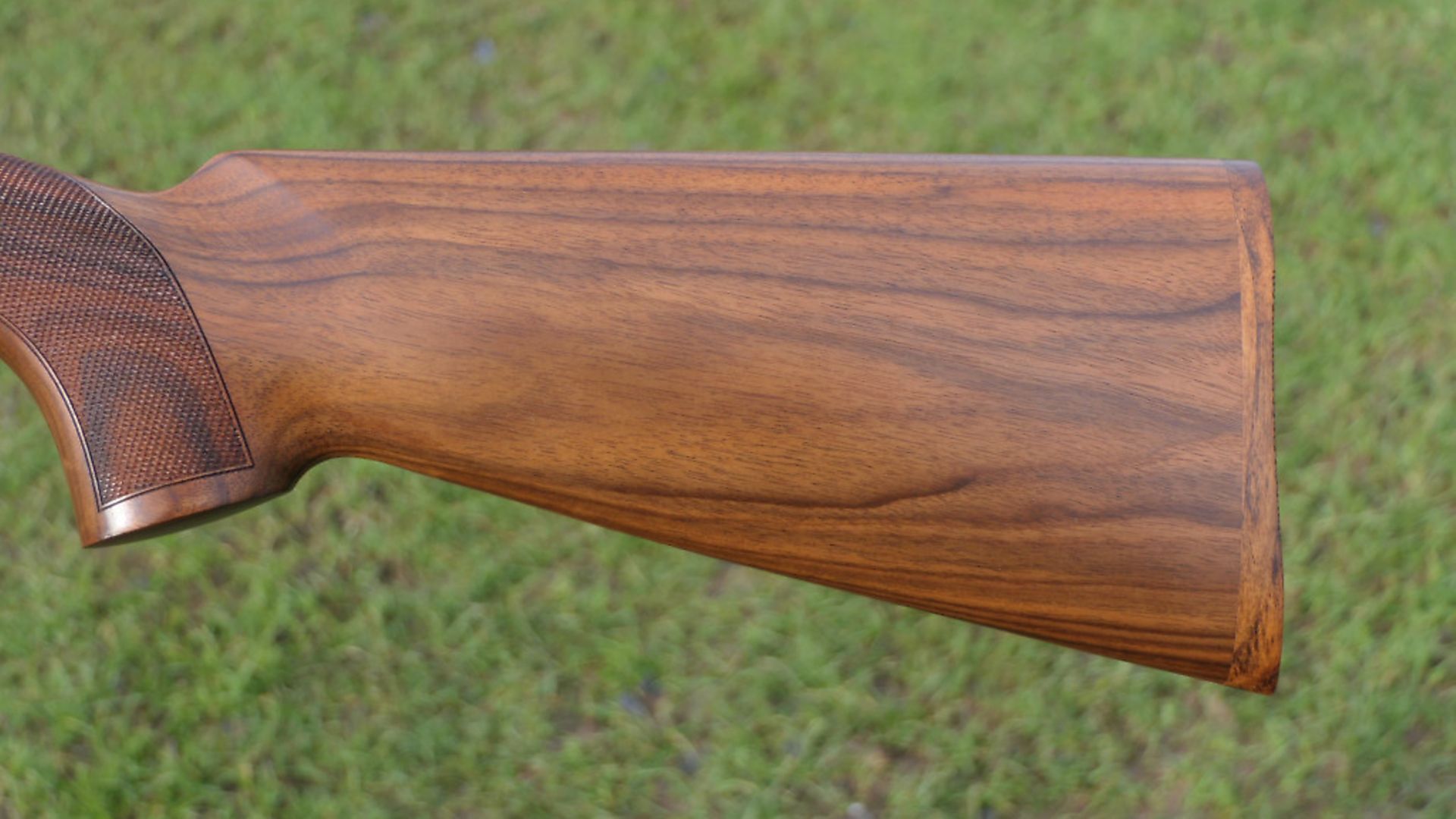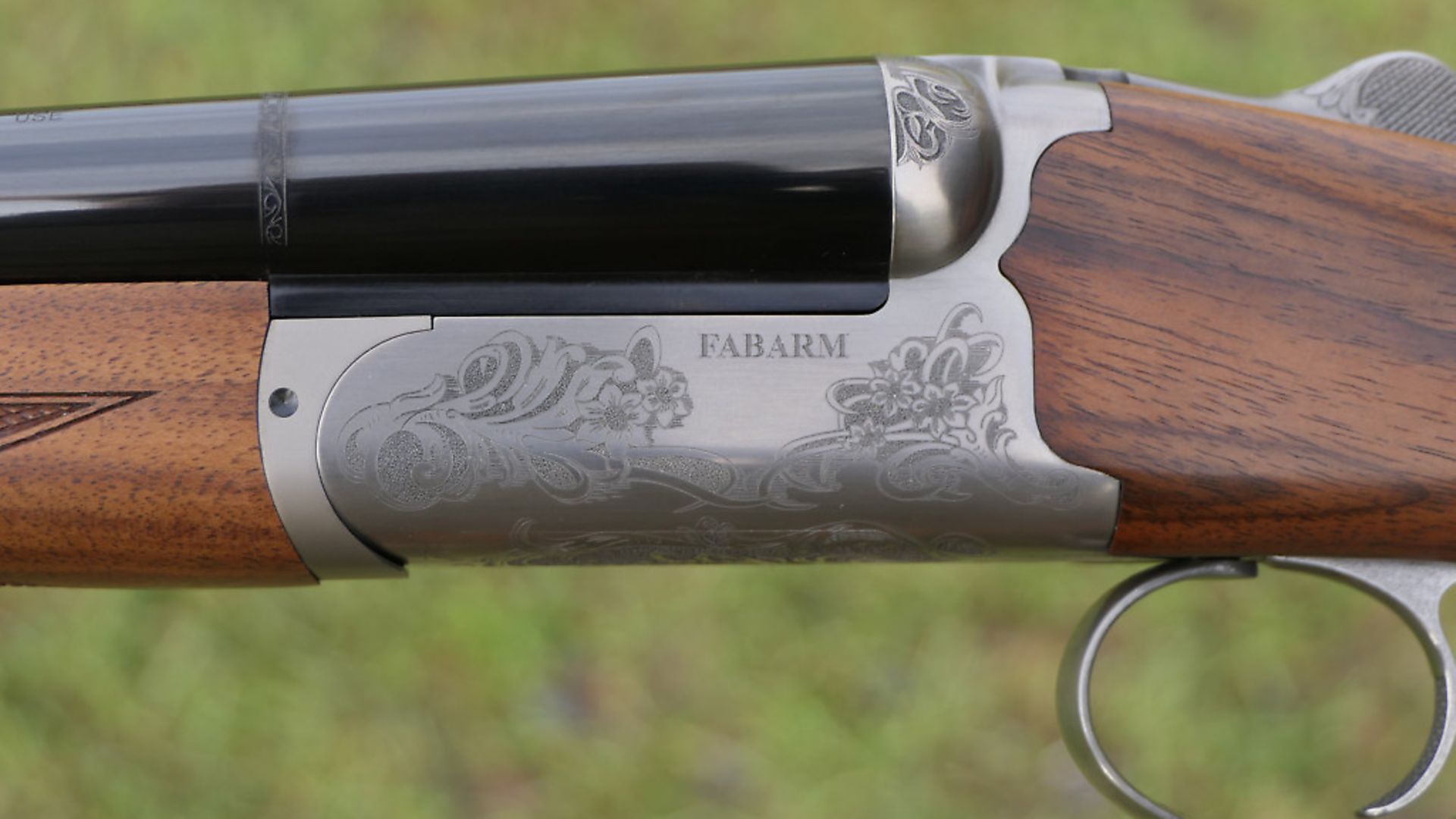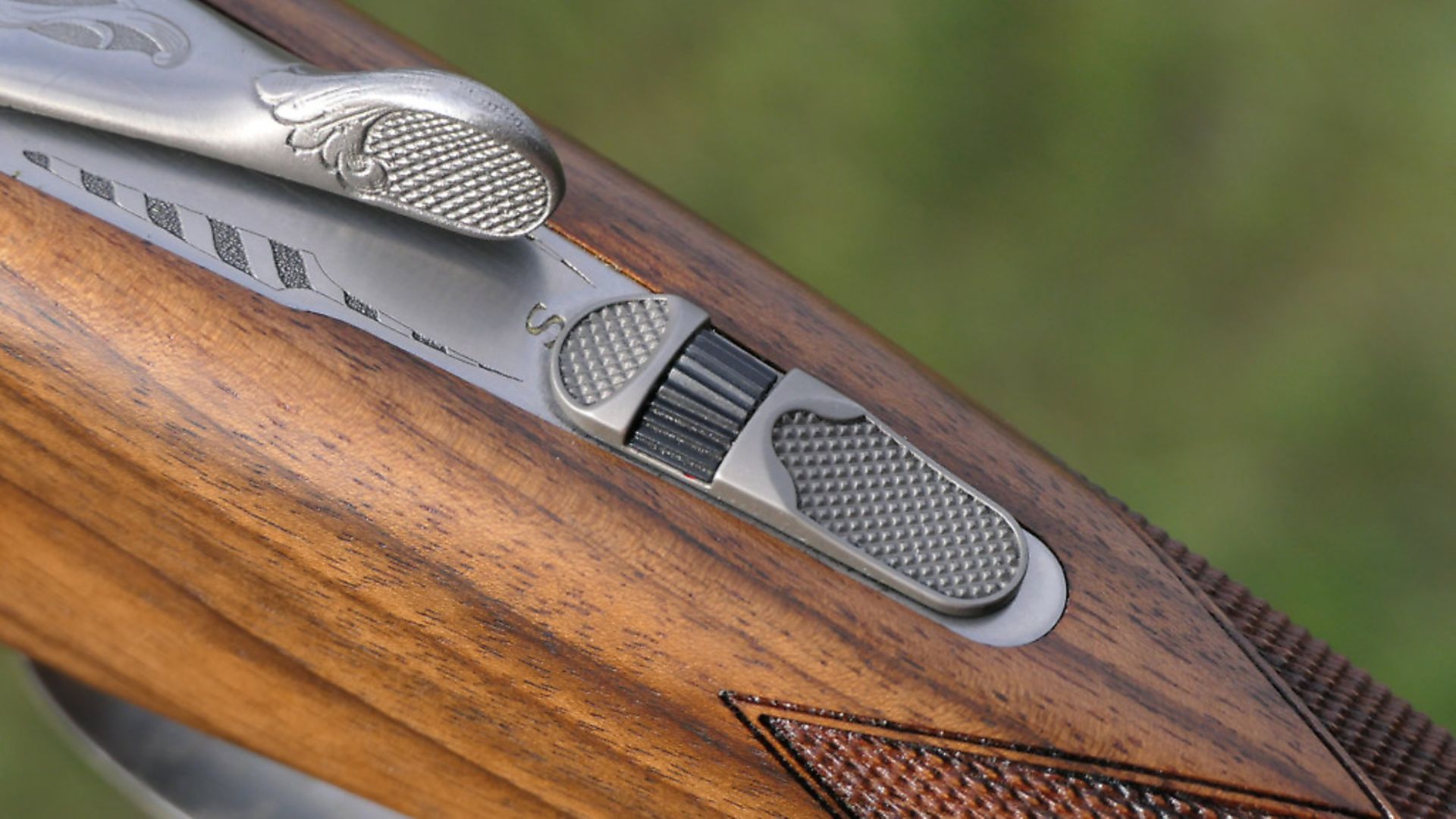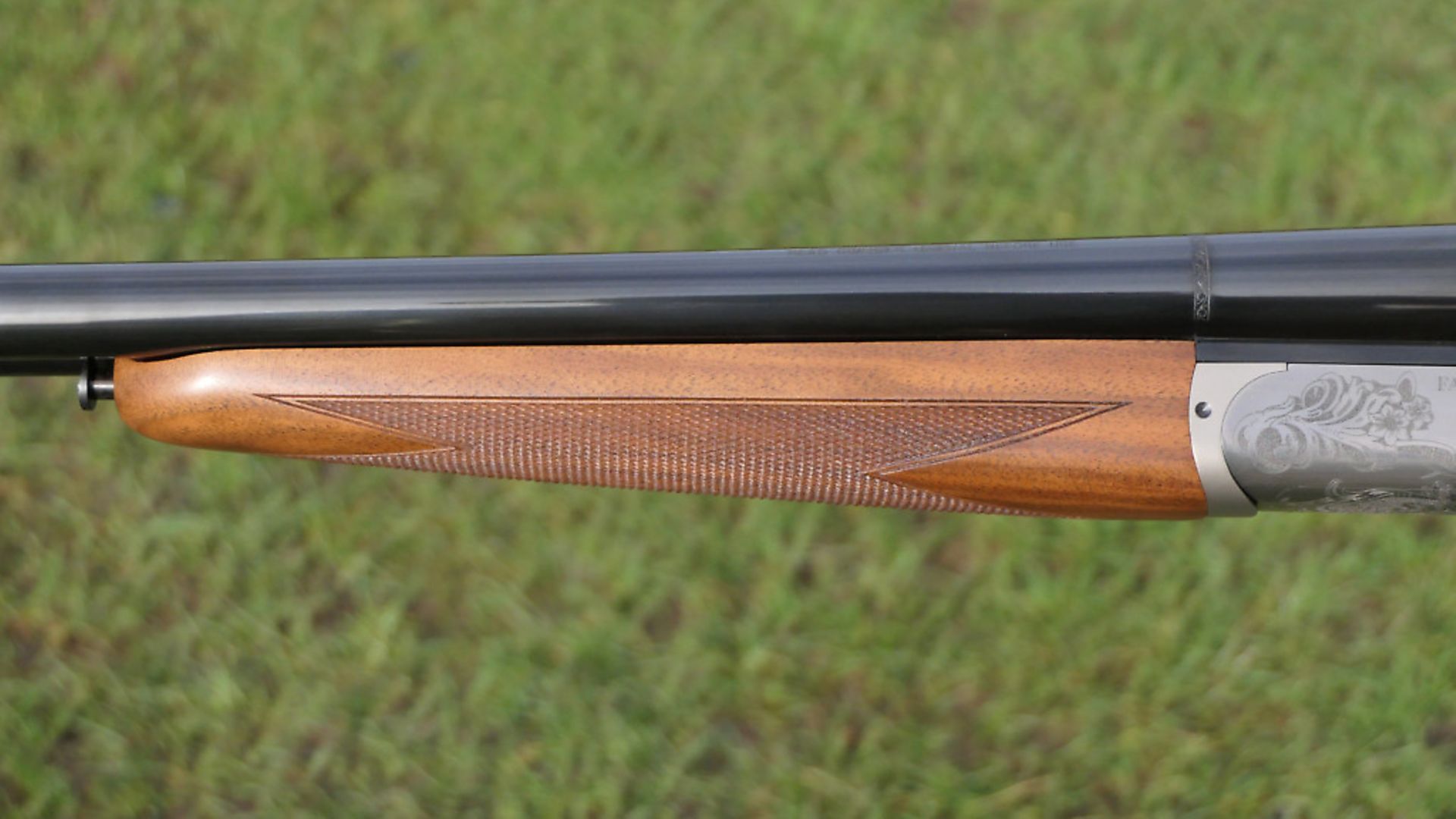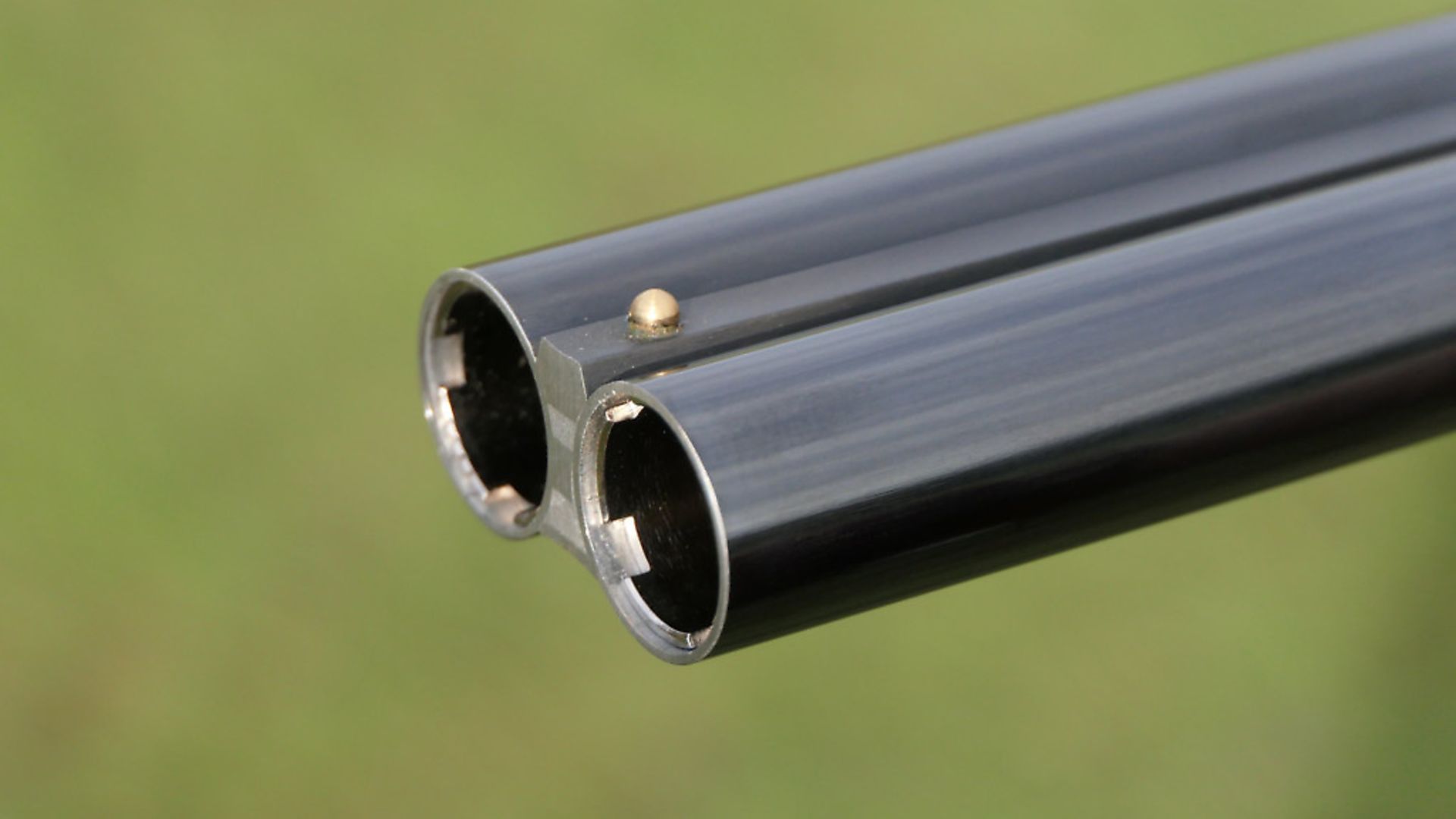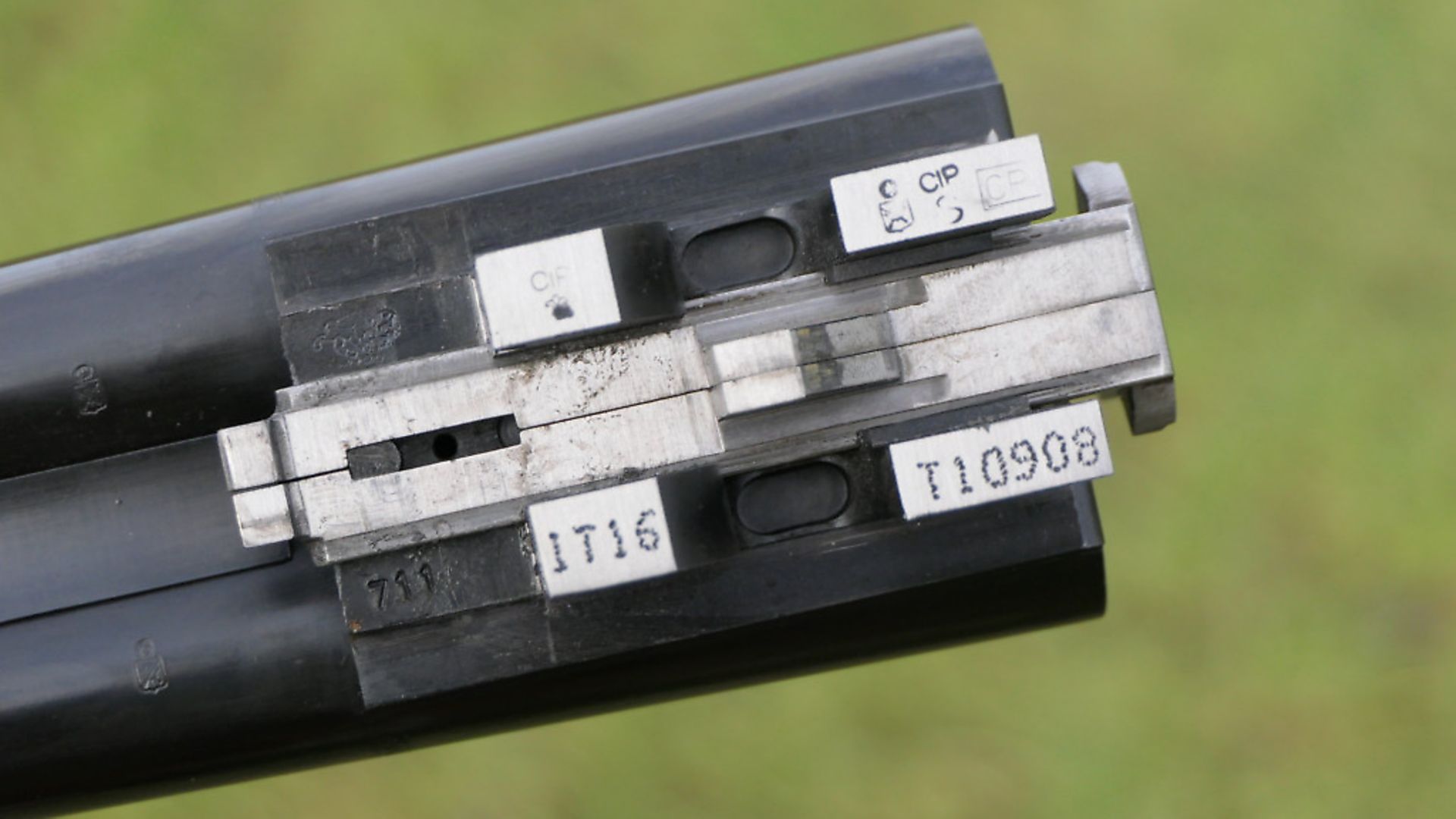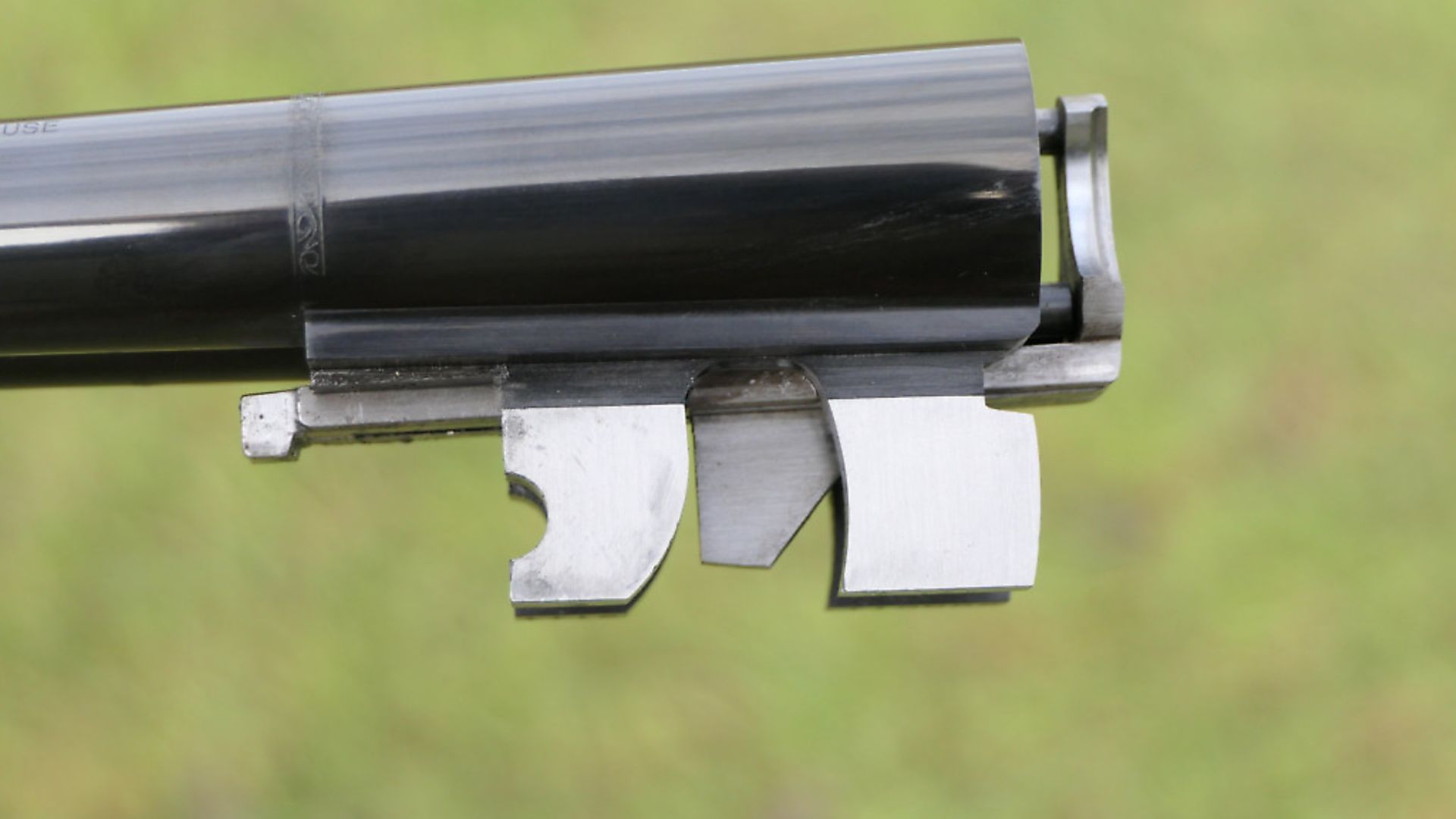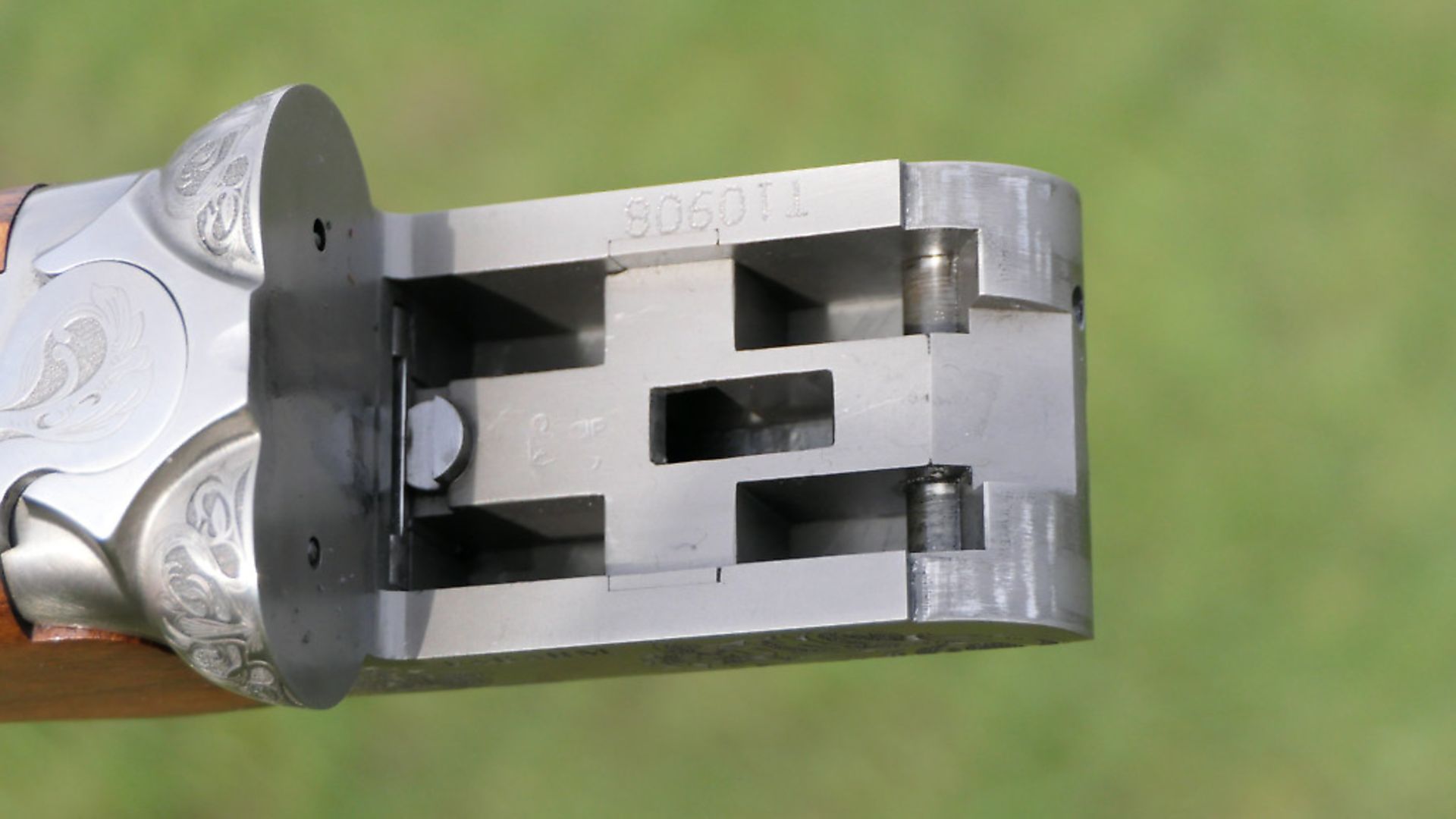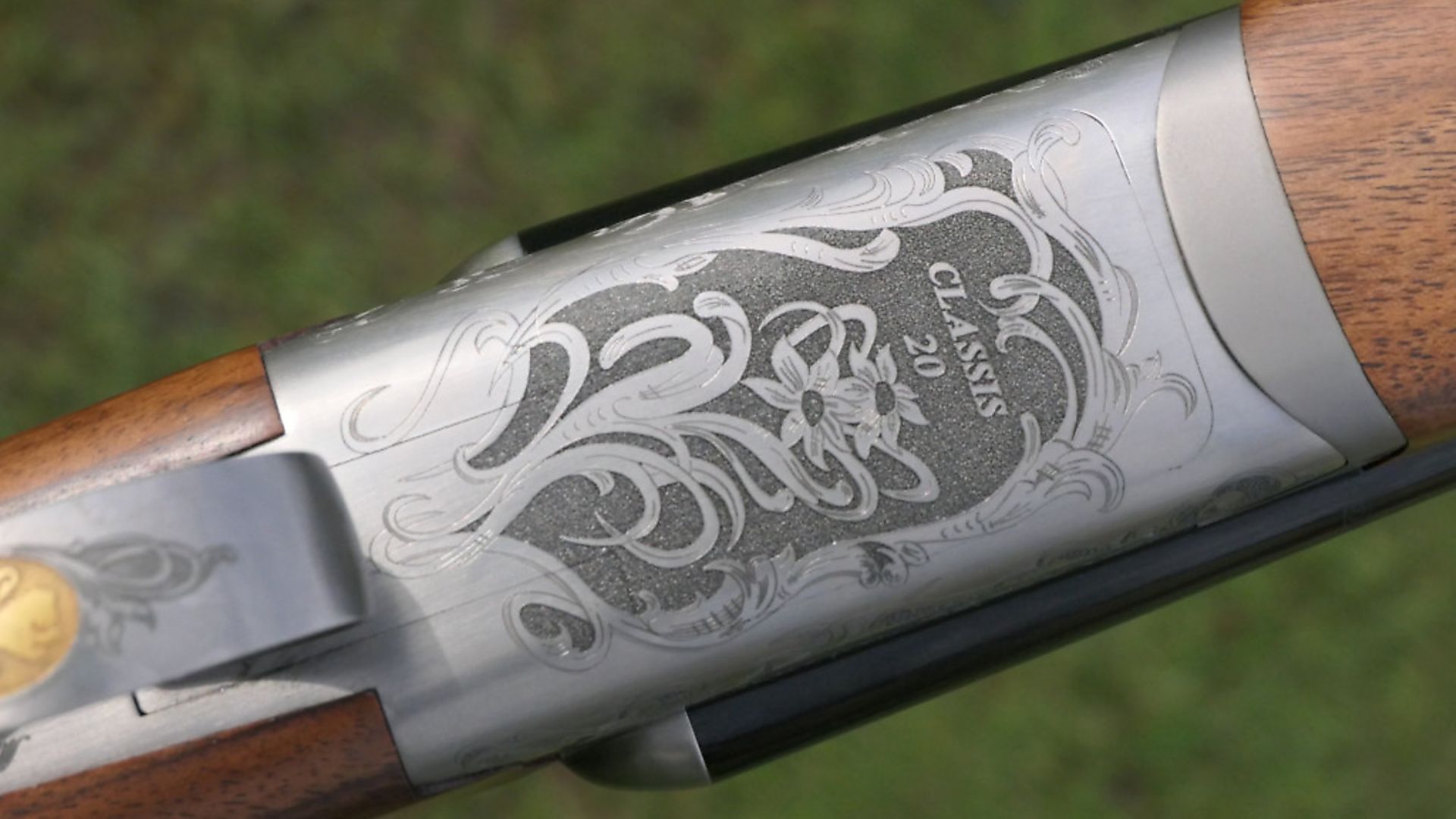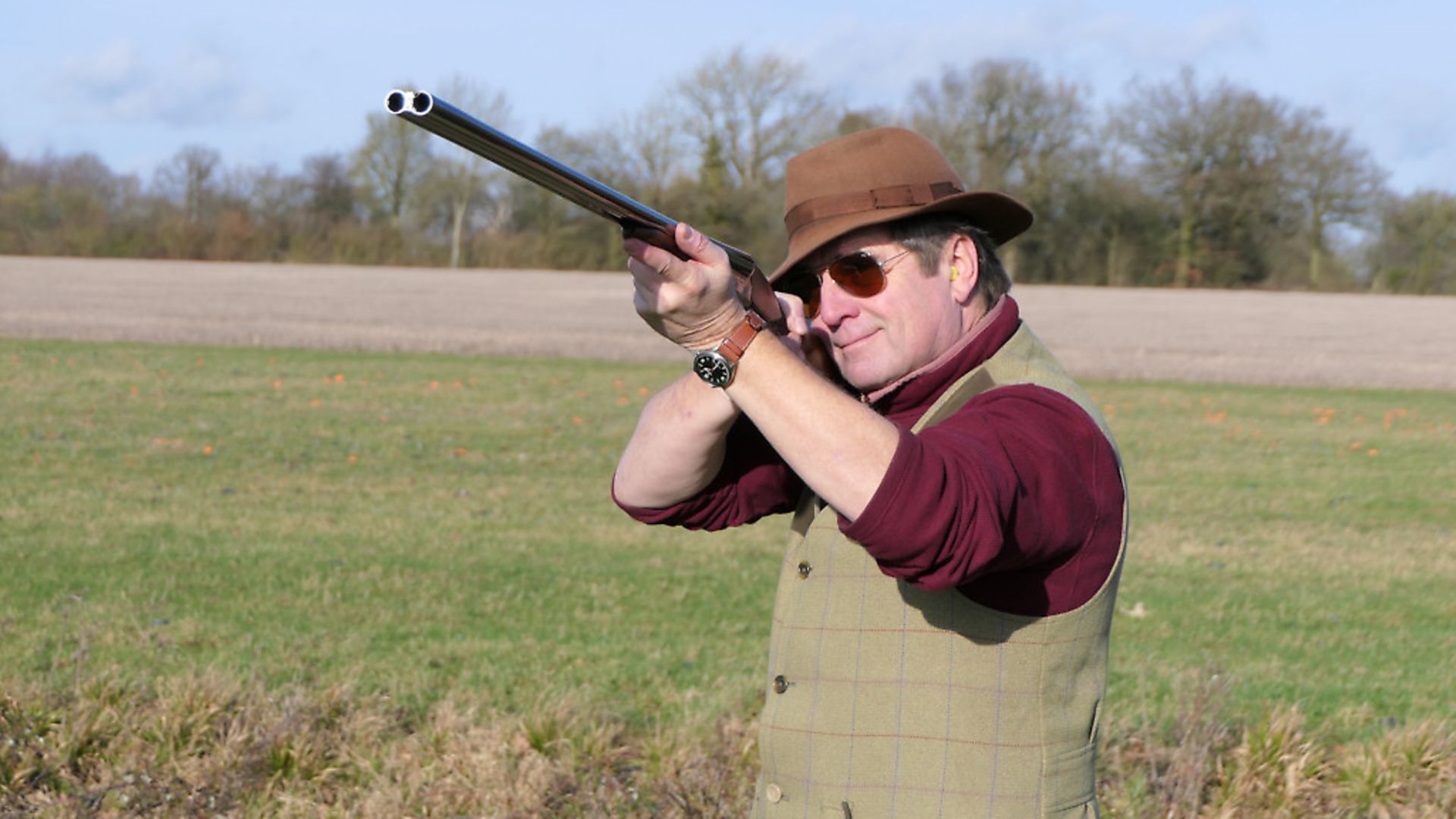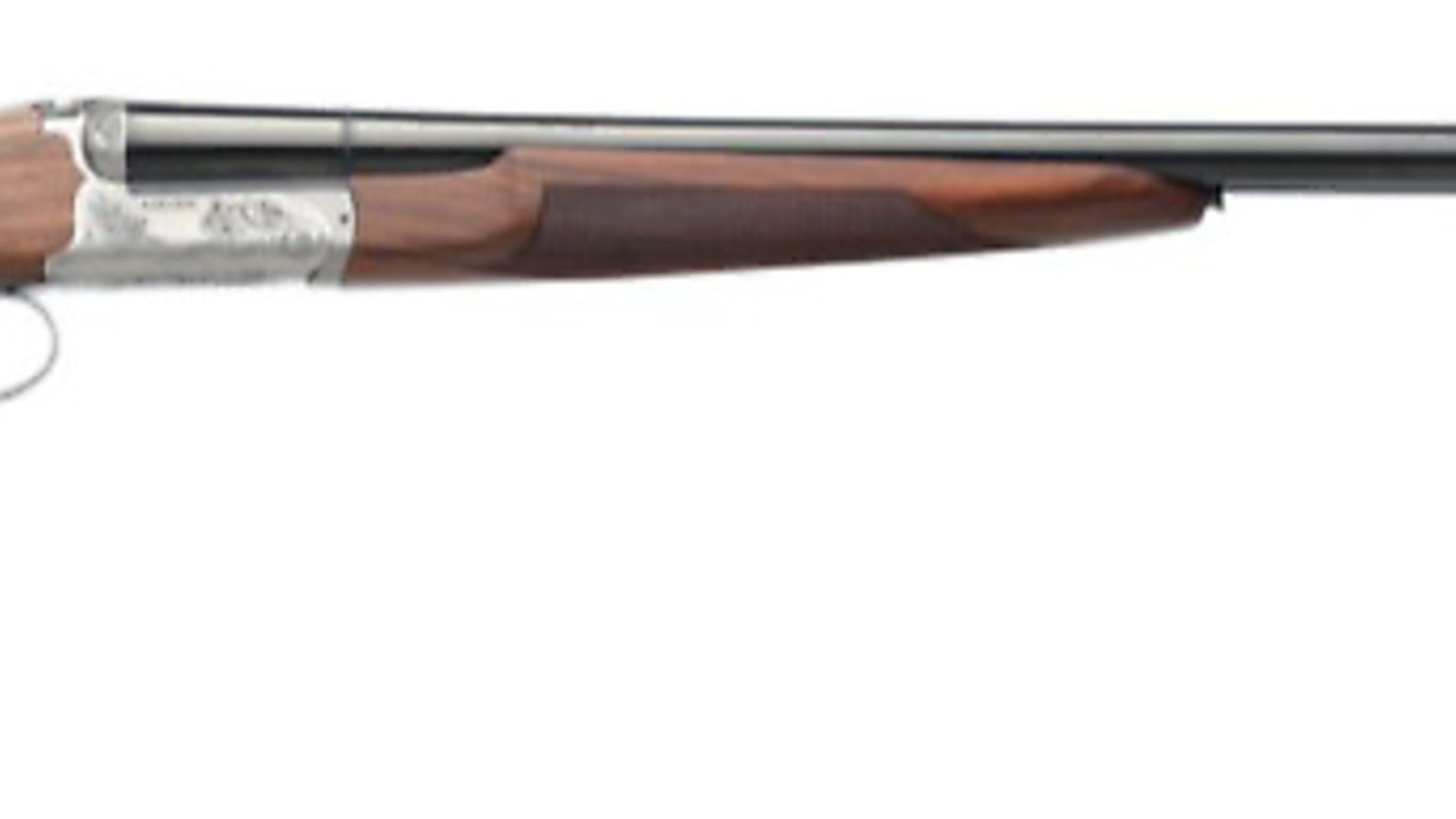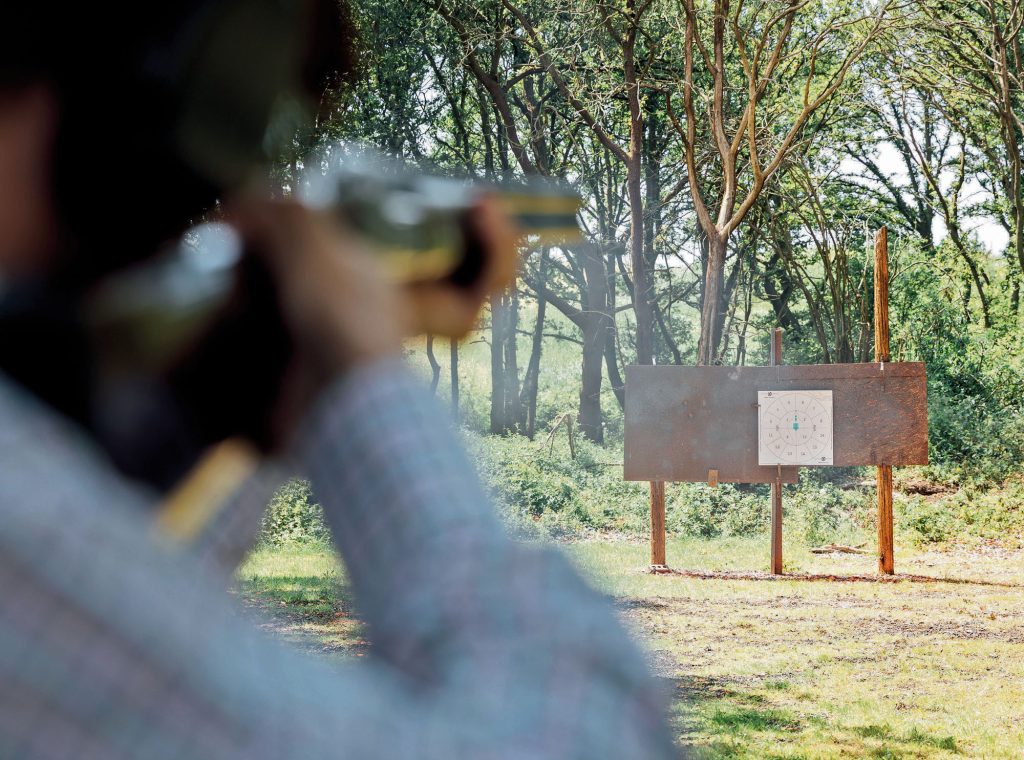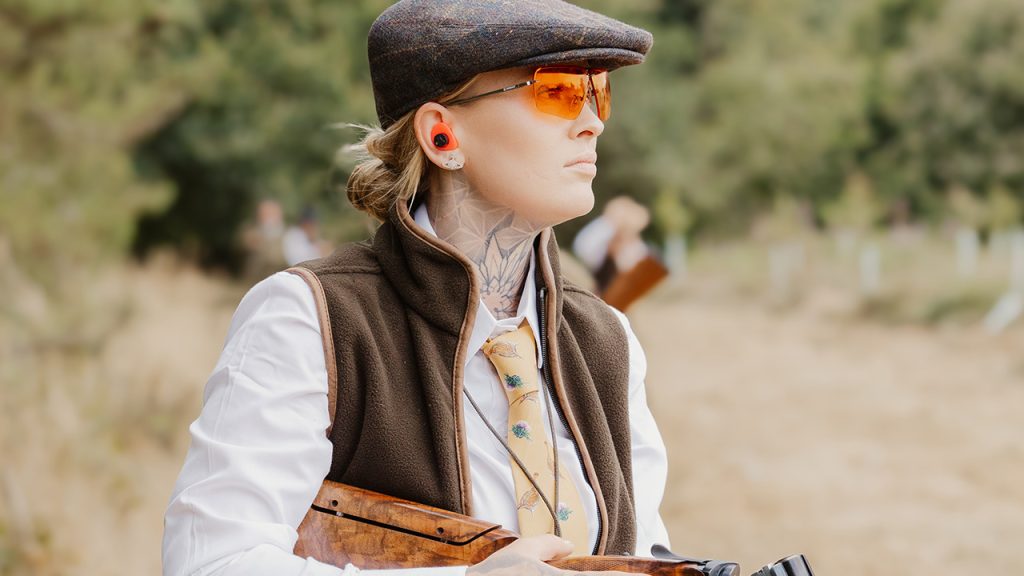FABARM CLASSIS 20-BORE – test & review
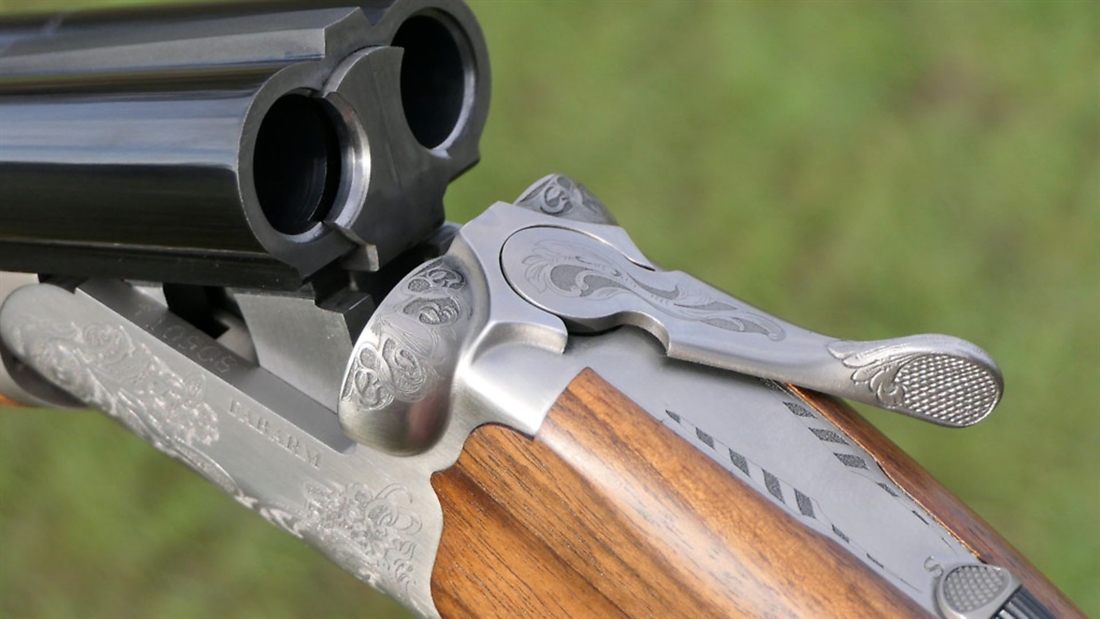
The Fabarm Classis 20-bore side-by-side impresses Mike Yardley in this test & review with its solid performance, unusual mechanics, and reliability
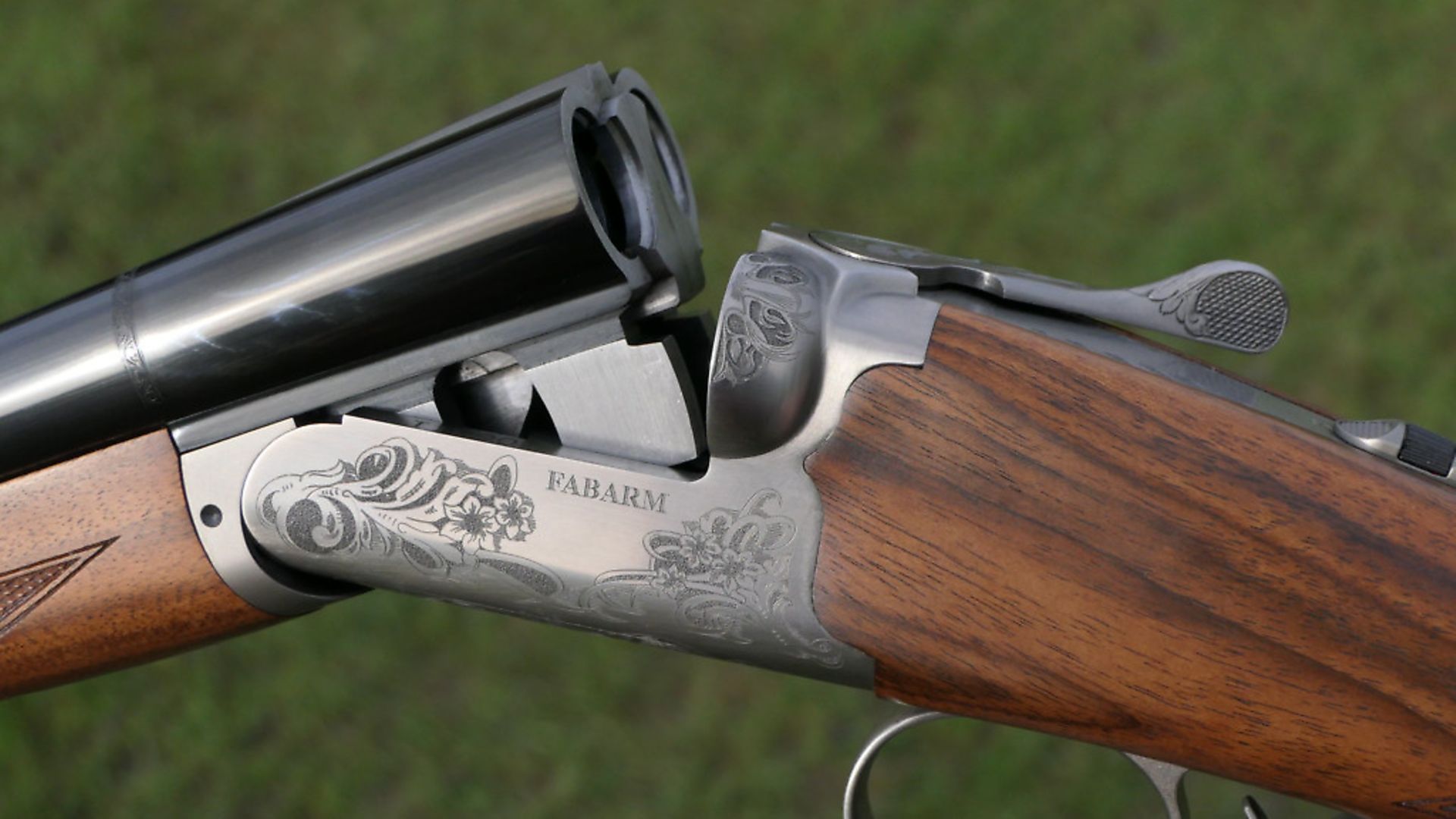
FABARM CLASSIS 20-BORE – BRIEF OVERVIEW
WE LIKE: The interesting mechanical design; The barrel boring and steel shot friendly chokes; The general engineering
WE DON’T LIKE: The palm swell and tightly radiused grip on what is primarily a game gun
TECH SPECS:
Make/model: Fabarm Classis 20-bore (12 available)
Barrel length: 30”
Chamber: 3”
Chokes: multi (‘Hyperbolic’)
Proof: 1630 BAR for steel.
Weight: 6 pounds 9 ounces.
RRP: £2,329
Visit fabarmuk.com
FABARM CLASSIS 20-BORE – DETAILED TEST & REVIEW
This month, I’ll be looking at a nice little 20-bore side-by-side from Fabarm. I have given the game away somewhat by already calling it nice. But, hey, I like side-by-sides! The model we are looking at is called a Classis, supplied by Anglo Italian Arms (the Midlands-based company who also import Guerini). It has 30” barrels, a single-selective trigger, and multichokes proofed for steel shot even in tight constrictions. It hits the scales at 6lb 9oz.
First impressions are that this is a mid-weight, machine-made sporting gun that is well finished. The decoration is not electrifying, but it’s inoffensive. The gun has some interesting features, however, not least its unconventional mechanics. There are four barrel lumps rather than the usual two and the barrels – made by deep drilling rather than hammer-forging – are constructed on Fabarm’s tapered TRIBORE HP bore plan.
I have shot, and indeed owned, a number of Fabarm side-by-sides in the past. They are quite unusual beasts. Fabarm side-by-sides have frequently been described as handling like over-and-unders. I certainly think that is fair comment as far as the 12-bores are concerned. I also, by way of reminiscence, remember a time when Winchester 23s (the Japanese-made take on the US Model 21 original) were popular both with pigeon shooters and some clay busters for the same reason. The only problem with the Model 23, though, is that it had a tendency to shoot loose… that is not something likely to happen in a hurry with the four-lump, and generally rather more solid, Fabarm guns.
The barrels, meantime, are as good a place as any to start considering this well-specified model in more detail. The Tribore hp scheme, as mentioned, includes extended forcing cones (the funnel-like constrictions that lead from the chamber into the main bore).
The bore diameter diminishes in steps as you move towards the muzzles. The main section of the bore is slightly over-bored. The taper isn’t constant as some guns have been made in the past. The over-bored part leads on to a final section which constricts down again and leads to the chokes.
The chokes are longer than average too – Fabarm calls these ‘Hyperbolic’. They do include a conic section with radiused walls and then a parallel part leading to the muzzle. The idea is that the oversize main bore decreases friction as wad and shot pass through it, but the constricted sections create a venturi effect, increasing velocity – just as the nozzle of a garden hose does when wound in.
Anything else? The 30” monobloc barrels on the test gun have a concave sighting rib – my preference on this gun would have been for some sort of pigeon pattern. It has a taper from 8mm to 5mm at the muzzles, which was about right. There is a traditional, and perfectly adequate, metal bead front sight. The gun bears Italian proof marks for 3” (70mm) shells. The gun is proofed at the impressively high figure of 1630 BAR.
The stock on the Fabarm is of good pattern. There is a deepened splinter fore-end and a well-proportioned butt with a palm swell grip. The wood has some figure, better than expected, and chequering is well cut by laser. The oil finish is nicely done. The stock shapes are generally sound, but the full grip is quite tightly radiused. I would have preferred the palm swell to be absent on a side-by-side field gun. The grip anchored the hand reasonably, and I liked the tapered comb shape.
Length of pull is 14½”. This is about right as a shelf measurement for a single-trigger mid-weight game gun (which may be used with heavy clothing). It might easily be increased by means of a recoil pad or ebonite block for those who need extra length. The drop was a little low at 1½” at comb and 2¼” at heel. There was some cast for a right-hander. The woodwork was well presented like the rest of the gun.
Technical
The Classis has an action that appears to be almost over-engineered. The classic Purdey-inspired side-by-side action (whether boxlock, sidelock or trigger plate) has two barrel lumps positioned underneath the chambers on the barrel flats – the Fabarm has four as noted. How this came about, I don’t know. I suspect the idea was to add strength and be different. It creates little extra mechanical complication, apart from the extra machining in the action table, but it makes the Fabarm side-by-side distinct.
The TRIBORE HP monobloc barrels, are 3” (76mm) chambered and high-pressure-proofed in Italy at 1630 BAR (a particularly high figure that Fabarm is duly proud of and makes much of in its promotional literature). Most unusually, they allow for the use of steel shot even with Three-quarters and Full choke fitted. The barrels are not the hammer-forged norm, nor are they extruded; they are made by the more expensive process of ‘deep drilling’ and stress relieved with cryogenic freezing. This process also improves their material structure and reduces wear.
Shooting impressions
My opinion of the little Classis changed the more I shot it. The balance wasn’t what London would want, and the looks are a bit pedestrian, but it kept breaking targets nevertheless. It was a gun which felt not just solid but predictable to use. Felt recoil and vibration on firing were low. The tri-bored barrels and hyperbolic chokes seem to do their stuff well. Single trigger function was good, and all the other mechanicals, ejectors, top-lever, safety and selector worked as they should. Apart from the palm swell there wasn’t much to dislike. The stock could have been a whisker higher. I’d have preferred a bit more engraving coverage (or none) but the Classis performed and inspired confidence. Its engineering was evidently sound. You would expect it to go on doing its thing for many years with minimal attention. Having shot similar 12-bore Fabarms, I thought this 30” 20 a better bet for most of the shooting I would want to do – walk-ups, pigeon hides and recreational clays. The price was not unreasonable by modern standards either. Overall, an interesting gun.
Fabarm
Fabarms [Fabbrica Bresciana Armi S.p.A] history can be traced back a century or more. It is related to one of Italy’s better known gunmaking families – the Galesis. The factory is located in Brescia as so many other Italian gunmakers. I visited it fairly recently and was struck by how big it was, not quite on the scale of Beretta, but a significant facility nevertheless. High tech machinery was much in evidence, I was told some of it ran 24/7. I was also struck by the speed with which everyone in the factory worked. There was plenty of traditional bench work going on. I noted it in particular in the barrel making department, and amongst the guys responsible for final regulation of triggers and ejector-work. The firm make over-and-under and side-by-side models, as well as pump-action and semi-automatic shotguns. They have a very large range of guns. They also supply some other makers with components, notably Guerini.

